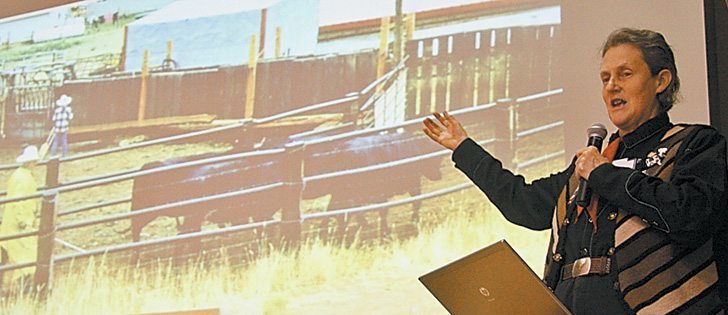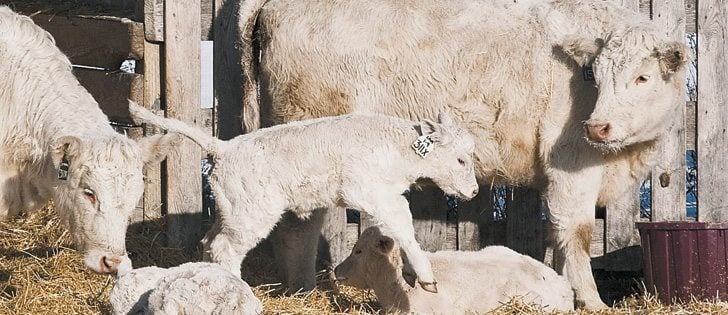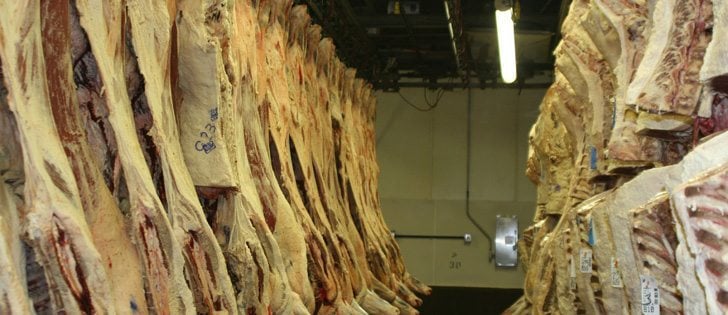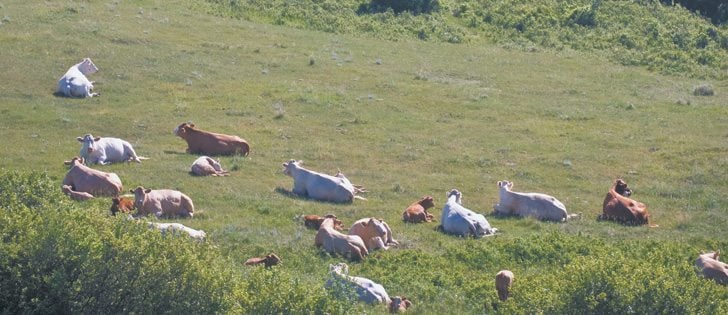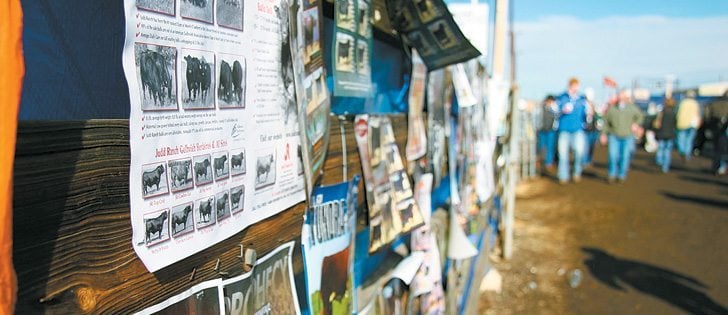We often see a rise in the number of cattle treated for foot rot as spring breakup occurs and snow melts.
The disease is most often seen in cattle when they are housed in poorly drained or muddy corrals and pastures.
Foot rot is a bacterial infection of the skin between the claws of the hoof. Healthy skin is resistant to bacterial infections, but wet conditions, along with exposure to manure, urine and mud, can soften the skin and make it susceptible to injury and subsequent bacterial infection.
Read Also
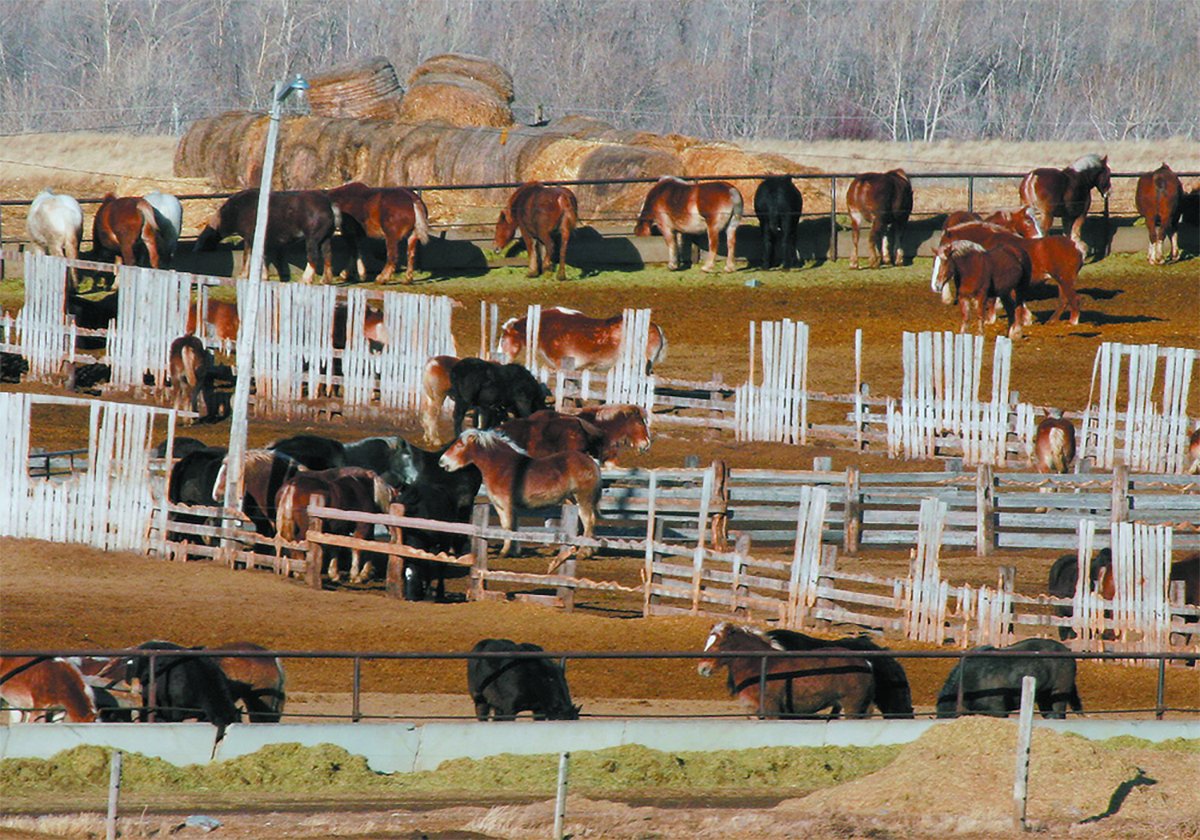
Canada’s slaughter horse industry lacks transparency
The lack of clear reporting and public access to data keeps the industry largely hidden, leaving questions about humane treatment and traceability unanswered.
An injury caused by stones, ice, frozen manure, wood and stubble can often create a wound in the softened skin that allows bacteria to gain entry to the soft tissue between the hoofs.
The first sign of foot rot is the rapid onset of lameness that increases in severity as the disease progresses. It is important to recognize that there are many causes of lameness in cattle, and many times we tend to jump to the conclusion that every lame cow has foot rot.
Here are some clues that may help diagnose foot rot more accurately:
- The bacteria cause inflammation and swelling as they become established in the tissue between the claws. This swelling is usually evident between the claws and uniformly around the top of the hoof. The characteristic swelling is usually symmetrical around the entire hoof and it may cause the claws to separate.
- The skin between the claws can split in severe cases, and foul smelling debris may be evident.
- The active bacterial infection causes elevated temperatures.
- Typically only one limb is affected, most commonly in the hind feet.
- The lameness is often dramatic and cattle will be reluctant to move. Animals tend to stand and walk on their toes as much as possible.
A careful examination of the affected hoof will help distinguish foot rot from other causes of lameness.
It is easily treated if identified early. Prompt diagnosis and treatment with systemic antibiotics such as long-acting tetracylines will usually be successful.
Antibiotics such as ceftiofur may be used to minimize antibiotic withdrawal times in dairy cattle or if feedlot cattle are affected close to slaughter.
If an animal does not respond to antibiotic therapy within two to three days, it may be a sign that the lameness is more complicated than ordinary foot rot.
In these cases, it would be wise to consult a veterinarian to get an accurate diagnosis before proceeding with other treatments.
The infection can sometimes extend up the soft tissues and into the joints of the foot. Antibiotic therapy is much less likely to be effective once the infection is established in the joints.
Infections in the deeper structures of the foot can also occur as a complication of other causes of lameness such as a sole ulcer, a sole abscess, an infected sand crack or a foreign body such as a nail or other sharp object.
Swelling around the top of the hoof is often more dramatic when the infection gets into the joint or the flexor tendons, and in many cases is more pronounced on one side of the foot. Pus can sometimes drain from an opening just above the hoof wall.
These cases are often difficult to treat and in many circumstances are hopeless. A veterinarian can amputate a claw if joint infection is restricted to that area.
Avoiding exposure to mud, urine and feces will help prevent foot rot, but this is difficult in many circumstances in Western Canada.
Designing pens to be well drained and well bedded will help minimize foot rot. Having concrete pads around feed bunks and water troughs where cattle congregate will also help keep feet dry, as will filling in low areas or walkways that are used frequently.
Regular foot trimming will help to prevent foot diseases and injuries in bulls and cows.
Organic iodine fed in loose salt mixes may also help prevent some cases, although the evidence is not entirely clear cut. Zinc methionine supplementation in particular may help minimize foot rot.
The disease can be especially devastating if it affects a bull during breeding season. Producers should consider vaccinating their breeding bulls.





